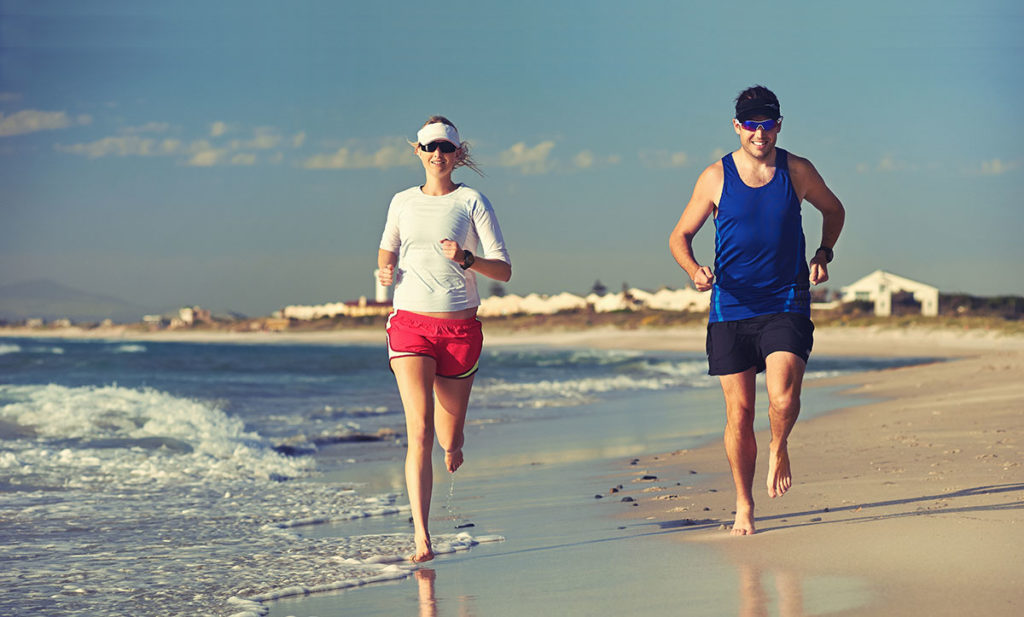
Older Runners: Beware of Switching to Barefoot
Do you work with anyone who is interested in running barefoot or trading traditional running shoes for minimalist footwear? According
to research presented at the American Academy of Orthopaedic Surgeons 2015 Annual Meeting, some runners over 30 who transition to barefoot have difficulty adapting to the potentially less injury-prone forefoot strike pattern.
The study involved 26 individuals, all over 30, who had at least 10 years’ running experience. Researchers analyzed foot strike patterns via a motion capture system as participants ran at various speeds on a treadmill while wearing their own shoes and then again while barefoot. For each person, the running shoe’s heel-to-toe drop ratio was measured, as well as the height of the shoe’s heel versus forefront thickness.
The investigators determined that “heel-to-toe thickness of the running shoe did not significantly correlate with percent heel strike either in the shoe or barefoot conditions.” In barefoot running,
linked with a change in strike pattern. “Running barefoot resulted in a significant drop in percent heel strike at all shared speeds”; however, 40% percent of men and 20% of women did not change their foot strike pattern during the barefoot intervention.
“These more mature runners may have a much more established gait and a longer period of time may be needed to [get accustomed] to a forefoot strike with a barefoot running condition or minimalist shoe,” the authors noted. “This may lead to frequent injuries in individuals who attempt to either run barefoot or with minimalist shoes, but persist with the heel strike pattern.”
To that end, the study authors warned that older, experienced runners should be cautious when transitioning from shod to unshod. The authors concluded that these individuals should also seek guidance and assessment of their foot strike pattern from a qualified expert before running barefoot.